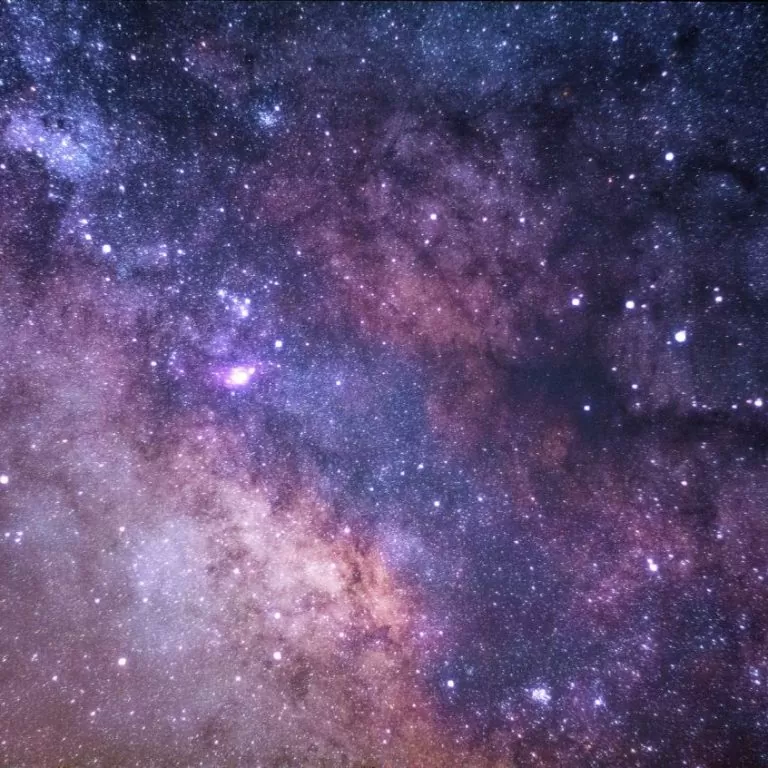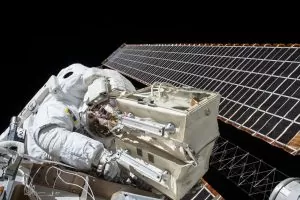
News Exploring the cosmos

The hearts and minds of the world were captured when Apollo 11 touched down 20 July 1969. Neil Armstrong became the first man to walk on the Moon and – including his compatriot and mission crew mate Buzz Aldrin – is one of only 12 humans to step foot on it.
Whilst future lunar landings did not create the same level of hysteria, the fascination with outer space lives on. Take the monumental social media response when Rosetta’s Philae lander touched down on comet 67P/Churyumov–Gerasimenko as just one example. It beamed back some fantastic images of a seemingly ‘new world’, which will perhaps become as famous as those taken during the first Moon landing.
Renewed interest in exploring the cosmos has recently thrown up Lunar Mission One – a crowdfunding project to land a module on the Moon. And also the bizarre, such as launching a lamb chop out of our atmosphere (amongst 99 other random objects).
Three paragraphs in and you’re probably wondering “what on Earth has this all got to do with time-lapse?” Well, if a tandoori lamb chop being walked through London didn’t tickle your taste buds, these next videos just might.
The mystery of space is, as discussed, still captivating generations of our species. The romance of going into outer space still resonates amongst many people. And time-lapse gets us that little bit closer.
Just like this one from earlier this week. The Telegraph reported on a video created by James Tyrwhitt-Drake, who used images from the Russian geostationary weather satellite Elektro-L to create a four-day time-lapse of the Earth. The satellite creates a 121 megapixel image every 30 minutes and orbits at the same speed as the Earth, creating the effect that our planet does not rotate. This revels the intricate weather patterns that dance across our skies, all shot from 25,000 miles above the Indian Ocean. It is also a great example of how we can use remote imaging to monitor our Earth and processes.
Around the same time another of James Tyrwhitt-Drake’s videos surfaced. The Australian postgraduate student used images from the NASA and Solar Dynamics Observatory (SDA) to create a time-lapse of the Sun. He stitched together 17,000 images (comprising of 72GB of date) to produce the sequence – which is arguable better than his Earth video. The shapes and colours created by the burning mass are so incredibly vivid – and are, of course, vital to the planet’s ecosystem and also us.
It wouldn’t be space without a little sci-fi thrown in. Remember when Julian Tryba created Boston Layer-Lapse? Sergio Garcia Rill took on a similar approach when he created Urban Nightscapes Texas, but instead of blending day and night, he blended urban and rural.
He imagined a world where great cities created no pollution, contrasting the stars above with the bright lights below. Rill doesn’t hide the fact his pictures are doctored, but it bridges the gap between civilisation and space – something the majority would probably like to happen.
And the final space-related time-lapse photography video is what space travel is all about – getting those breathtaking views and seeing the Earth in a new light. The Moons’ movement at 50 seconds, 1:45 minutes in the thunderstorms above America and the aurora borealis at 2:45 minutes are just some of the highlights.
Would we ever be able to view Earth’s nature in such beauty and awe without time-lapse? Absolutely not. The space race is well and truly over, but there are still many known unknowns and unknown unknowns. For now, we have these beautiful images to keep us interested. And that will help us, as a species, to look further into the cosmos and unveil whole new opportunities. Cameras at the ready!